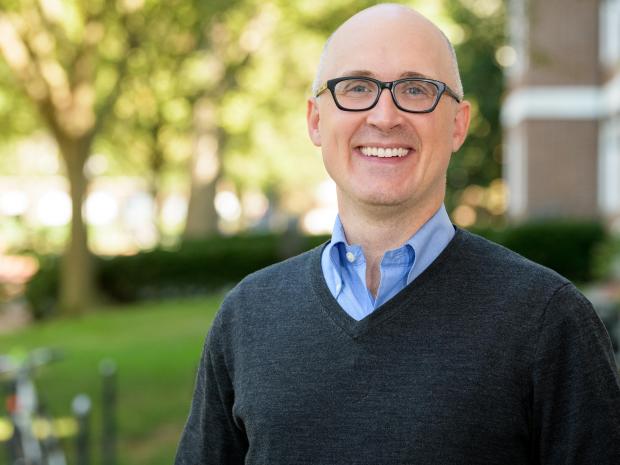Interactions, microstructure, elasticity, and aging of colloidal gels

Speaker:
Eric M. Furst
Department of Chemical and Biomolecular Engineering, University of Delaware
Abstract:
In colloidal gels, attractive interactions among suspended colloids drive a thermodynamic instability that promotes aggregation. But instead of phase separating, aggregates arrest into a space-spanning network. In many cases, aggregation is induced by the addition of non-adsorbing polymer to a suspension of repulsive colloids --- the depletion attraction. In other instances, gels form when particles are destabilized by screened electrostatic interactions. As a result, colloidal gels are found in a wide number of industrial processes and products where fine solids form dispersions, including agrochemicals, consumer care products, cement suspensions, in mineral processing, and pharmaceuticals.
Gel rheology is a principal material property of interest, including elasticity and yielding. While studies have sought to understand the formation and properties of gels in a framework of arrested phase separation, their microstructure and rheology depend strongly on the nature of the particle interactions. At low volume fractions and strong interaction energies between particles, colloidal gels are effectively modeled as fractal flocs formed through diffusion-controlled kinetic processes. Flocs are the main load bearing units of the gel and theories connecting the floc architecture to the gel modulus remain a state-of-the-art description. Until recently, there was no definitive micro-structural theory for the elasticity of colloidal gels formed at higher volume fractions and lower strengths of interaction. What are the fundamental structural units imparting elasticity to the network, and what physical principles govern their formation?
In this talk, I will present experiments form weak and strong gels that illustrate the role particle interactions have on gel structure and rheology. The nature of particle contacts or "bonds" plays a critical part in the microstructure, elasticity, and aging of colloidal gels, and points to ways of tailoring the surface chemistry of particles to control gel rheology and stability.

